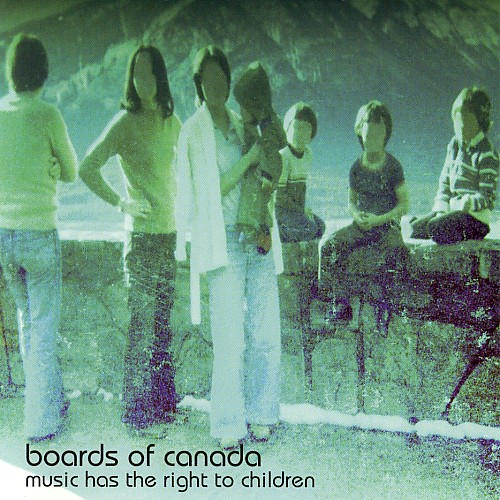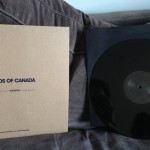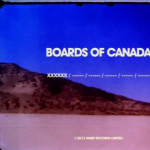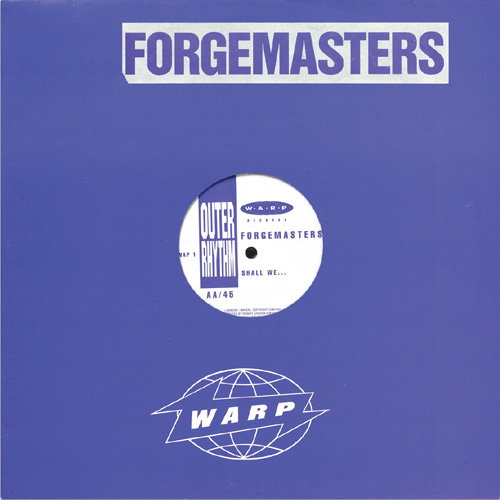
Twenty years, huh? Steve Beckett even finds that hard to believe.
“As one of my friends said,” explains the Warp co-founder, “‘Sticking it out with any-fucking-thing for 20 years is amazing, let alone something in the music business.'”
Indeed. Yet here he is, about to usher in a weekend of special events that celebrates the circuit-bending consistency and mind-numbing diversity of a label that’s made stars out of electronic music’s most reclusive producers (Aphex Twin, Boards of Canada, Autechre) and pressed everything from choir boy folk (Grizzly Bear) and punk funk (!!!) to electro-fied soul (Jamie Lidell) and whatever the hell Battles is.
We tracked Beckett down at a New York City hotel–just before he was about to jet off to a lunch with Lidell–and asked him to run through an A-to-Z style breakdown of the label’s past two decades. In the process, he answered everything from “what’s up with the purple sleeves?” to “when’s the next Aphex Twin album dropping?” And since Warp will be celebrating their birthday through the end of ’09, we’ve also recruited a ton of their artists to talk about their favorite Warp records in the next issue of self-titled.
! is for !!!
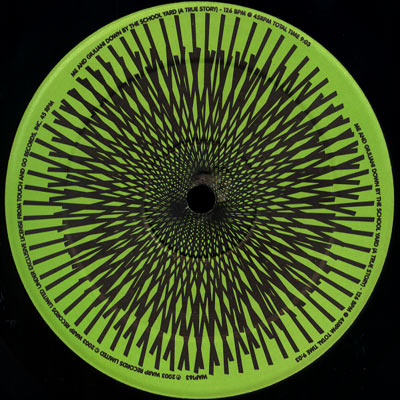
I was just with them the other night, and they’re halfway through recording their next album with [former DFA engineer] Eric Broucek in Brooklyn.
Seeing them live [was enough reason to sign them], and then they sent “[Me and] Giuliani [Down by the Schoolyard].” When I heard that, I thought they’d just be massive. They remind me of the Happy Mondays, actually, in the way the Mondays would gradually get going on the stage, until they locked into this floppy groove. Nic [Offer] as a frontman is also brilliant.
A is for Artificial Intelligence

When people were coming down from whatever they were on at parties, they’d play more relaxed or interesting music–people like Black Dog [Productions], B12 and Aphex Twin, who were making music that wasn’t just aimed at the dancefloor. We realized how incredible this music was and that it wouldn’t really work in the 12-inch format, so we started associating it with classic albums, like stuff by Kraftwerk or Pink Floyd.
We thought, “If this music stands out to our ears [like Kraftwerk and Pink Floyd do to others], why don’t we just market it that way?”
The graphics at the time seemed cutting edge, but looking back…[laughs] it wasn’t exactly amateur hour, but it does look pretty basic compared to what you can do now with computers.
A is also for Autechre
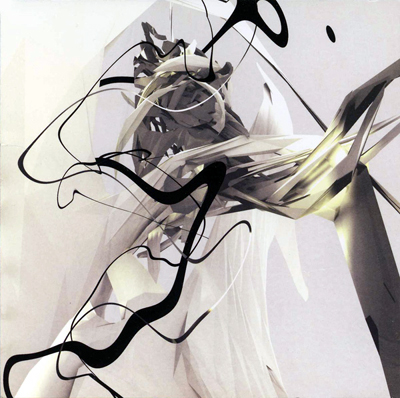
People who aren’t properly in-the-know associate Autechre with ‘intelligent techno’, but to me, they’re just Manchester B-boys, really. Like you’ll go to their house and there’ll be an endless stream of classic hip hop. They used to be graffiti artists, too. That aspect is often missed, but if you listen to their beats closely, there’s a weight and sophistication to it that I just die for in music. It’s not just scientific; it’s funky as well.
That said, I remember suggesting them [using MCs on an album] and they said, “Who the fuck do you think you are? James Lavelle?” [Laughs]
B is for Battles
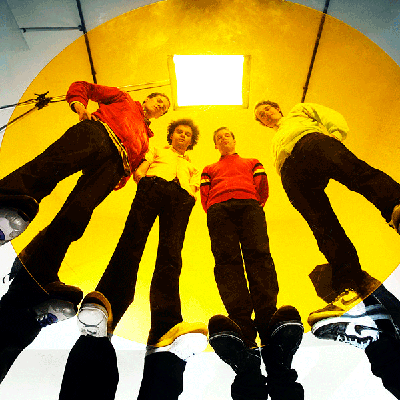
I was just on my knees after Mirrored. We’d heard “Atlas” and “Tonto” live, so we knew they had this incredible material coming. We just didn’t know how well it was going to be recorded and how out there it would be in terms of pushing the envelope. It was just super exciting to hear.
They’re quite a unique band in a way, because they’re such unique individual characters, and they’re all so confident in their own skin. Getting four strong perspectives on each song could be a nightmare with massive clashes all the time, but their strength is having four pillars of the band, pulling wherever they need to arrive at a greater whole.
Sometimes they’ll be playing in their rehearsal room and they’ll say, “Where the fuck did this come from?”
B is also for Boards of Canada
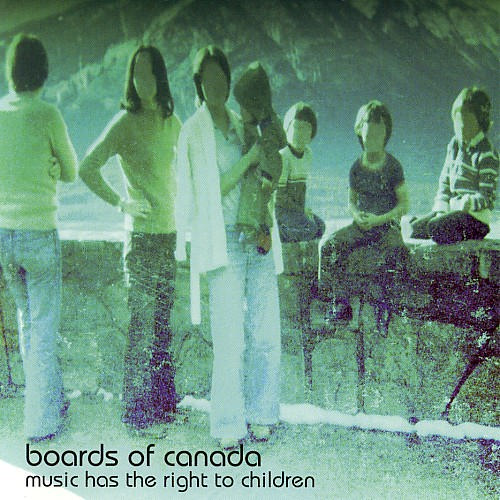
Unlike with Aphex [Twin], I’m in constant contact with them. They’re just absolute perfectionists–they won’t let anything slip through the net that they aren’t 100-percent comfortable with. They’ll literally have 150 to 200 tracks and try to narrow it all down to the best 18 for an album, or something like that. They’ll throw away two or three albums to get to one.
Most people look at them as electronic artists, but they can also sit down and strum acoustic guitars, or play the piano, next to each other and sing harmonies. They’ve just got amazing musical knowledge and skills that comes through the music. They’re definitely closer to [a new record], but their concept of time is different than most people.
C is for Chris Cunningham
He’s a genuine artist, not just a video director. You’ll go to his house and there’ll be this sculpture he just created–something absolutely beautiful that could be in a museum. Or he’ll have a painting he just did for his girlfriend that looks like something Francis Bacon would have done.
The thing that’s missed with Chris is the beauty of his work. A lot of people relate to his horrifying side, but the Björk video he did (“All Is Full of Love”) and his Gucci commercial are gorgeous. It’s just absolutely psychedelic. Everything he touches turns to gold.
D is for The Designers Republic


Having the [FON] shop, we definitely used to look up to Factory Records and how intriguing [their album art was]. It was as if they were so confident about the music that they didn’t need to give you any information about what’s inside. We wanted an element of that in what we were doing, and we also wanted to give up the impression that we were this massive corporation–a helicopter landing pad on the roof and everything–despite the fact that we were working out of our bedroom. So the bold logo and album design was very important from the beginning. It was a happy accident that [The Designers Republic] was also based in Sheffield and they were the only people we knew who could do sleeve designs. At the time, we had no idea what an impact they’d have on how the label would be perceived around the world.
F is for Flying Lotus

We’ve only begun to hear what FlyLo’s capable of. I see him as an artist that could be as important on the label as Aphex Twin. He’s got it all–the attitude, the look and the attention to detail and design.
He’s just about finished his next album. It’s pretty incredible. The word “depth” just keeps coming back to me, because there’s just so much depth to it. At the moment, there’s just the basics of it, so he might [bring some guest artists in]. I don’t want to say too much about it yet, though.
Other people want to pull him into their productions, too, so his career is just going to take off soon.
F is also for FON
[FON] was an indie record shop first–selling stuff like Big Black and Black Flag–but then it closed down. Me and my partner [Warp co-founder] Rob [Mitchell] would walk past it and have this romantic idea of “wouldn’t it be nice for them to open it back up again?” So we persuaded the owner Dave Taylor, who used to run FON and FON studios, that he should give it a shot.
Six months to a year in, we got the main DJ in Sheffield, Winston [Hazel], to start bringing some of the dance stuff in. Around ’86 or ’87, the dance section in the shop grew a lot–people would just queue up down the block on a Saturday to come in and get their copy of whatever 12″ was hot that week. The hot labels at the time were Trax, Transmat, and Big Shot, which was this label out of Canada. The store kept going and eventually expanded, with the indie kids buying stuff like the Sugarcubes and Happy Mondays, and the dance kids buying 808 State and A Guy Called Gerald.
G is for Gift Records
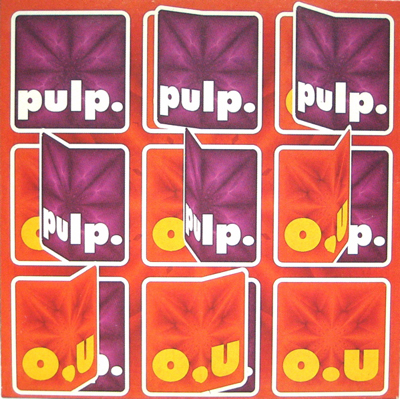
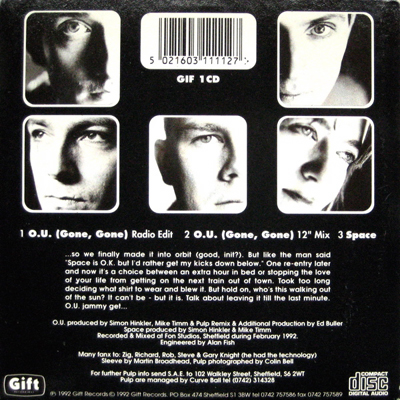
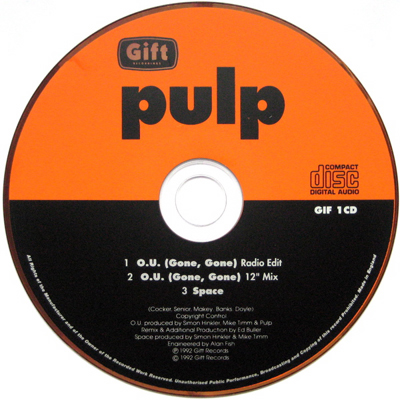
We knew [Pulp] because they were Sheffield based. And since they were in a deal that wasn’t working for them, we set [Gift] up as a platform for them. We’ve obviously got a broader range of artists on Warp now, but we knew we couldn’t put an artist [like Pulp] out through it then. Once Pulp went to Island Records, there really wasn’t any reason to keep [Gift] going.
Seefeel was probably the first sacreligious move we made on Warp. They use electronics, but they also have guitars and drums on stage, so we got a lot of criticism for putting that band out at the time. We actually just put them in the studio again.
H is for Scott Herren
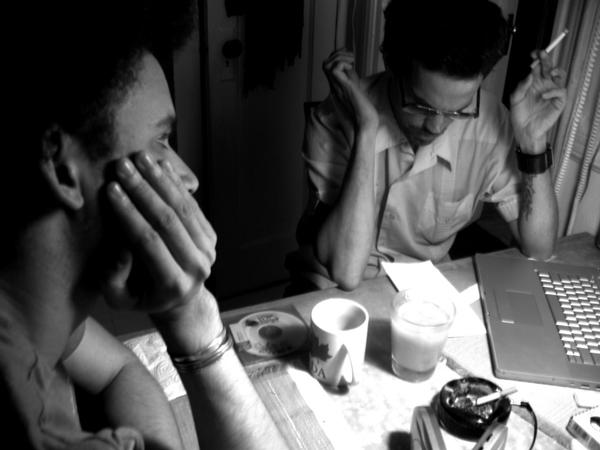
Working with [Scott] is similar to working with Aphex [Twin] or Flying Lotus. He’s just a production machine, where he won’t just play a few new songs for you; he’ll play four new albums. You’re almost overwhelmed by the wealth of material and styles. He’ll literally talk about Savath & Savalas and Prefuse 73 as two separate artists, as if he has some sort of multiple personality thing going on. He’s put out some incredible music over the years.
For me, it’s all about that Estrocaro EP–as he started to develop his sound–and One Word Extinguisher.
I is for IDM
There was a newsgroup called IDM and they kept discussing our artists, so people started calling that music IDM. Eventually, the idea got out that we were trying to do “intelligent dance music,” which was never the point, really. Artists and labels never like being put into a tight genre, because you’re always doing what you feel.
To put something like Aphex Twin or Autechre in the same league as electronic artists who don’t put in half the effort or have that kind of talent, that takes away the specialness of the music, really.
J is for Richard D. James
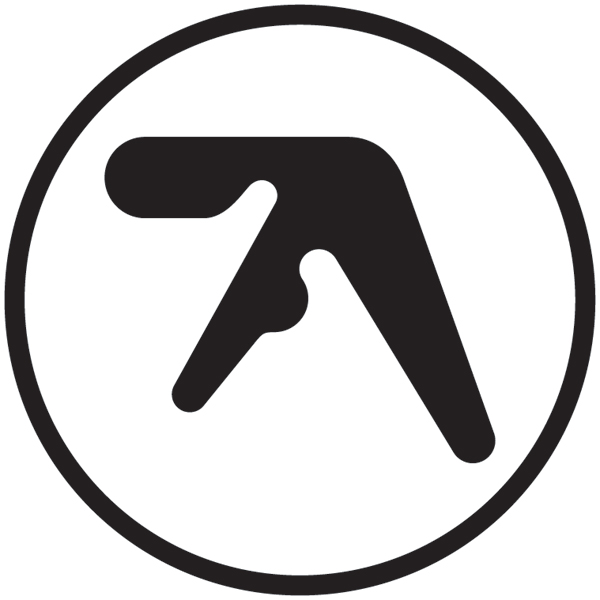
How to describe [Aphex Twin]? I don’t know. I call him a genuine English eccentric–always into creating for the hell of it. He isn’t bothered by what other people think of his music. In fact, the only reason he puts it out is for financial reasons, so he doesn’t have to get a proper job. A lot of artists say [they don’t care] but I’ve never met anyone who is that uninterested in the whole industry side of things. He played the game in the beginning a bit, but as the years go by, he’s able to pull the drawbridge up more. I’m sure it’s affecting his sales–he’d probably sell a lot more records if he did some promo–but to him, it’s important to be isolated and focus on what he’s doing creatively.
If you ever hear him DJ, there’s always two or three tracks of his that never been released. This one track I heard the last time in London…I’m dying to put it out.
It seems like he’s gearing up for something, though, so one of these days I’ll probably get a call [about a new album] and that’ll be it, really. That’s literally how I’ll find out.
L is for LFO
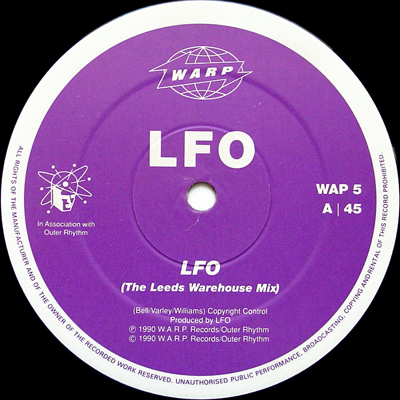
People have forgotten about LFO because they so rarely put anything out. I’ve asked [Mark Bell] to release something like an EP to keep his feet in the water, but his relationship with Björk is just so tight that he’s decided to go down that path of doing behind the scenes work. He’s just so inspired by what he can do [with Björk] and that whole lifestyle of five-star hotels and first-class flights. He’s also managed to work with Depeche Mode and done other great mixes.
Frequencies came out in our second year, and it still stands the test of time. It’s a classic album, not just a classic electronic album.
L is also for Jamie Lidell
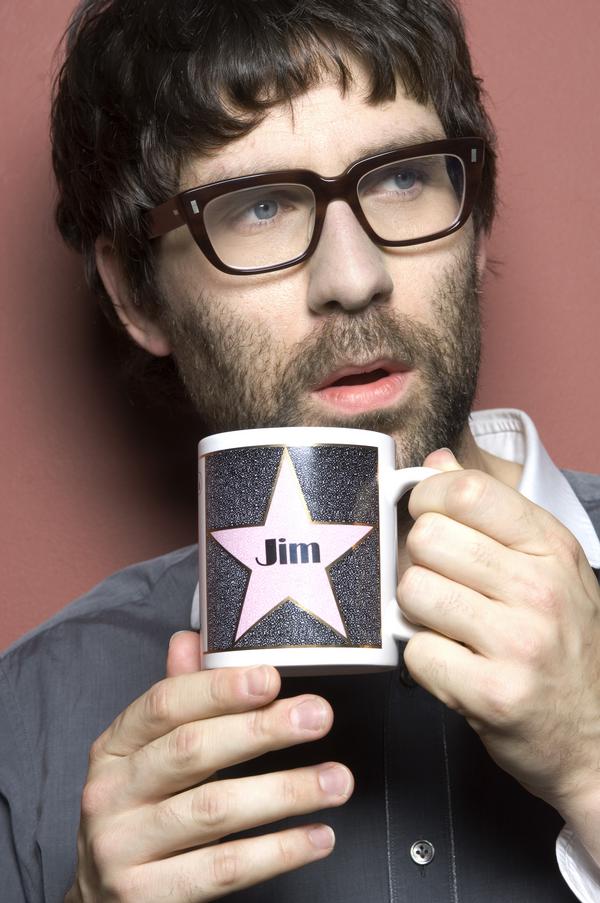
We always knew Jamie had a [soul singer] in him, as he’d done that Super_Collider stuff and his first album, Muddlin’ Gear, has one track, “Daddy’s Car,” with heavy electronics but some blues inside it. I remember hearing that and thinking, “Fucking hell!”
Then he started delving into more of that on Multiply obviously. That [album] was way straighter than I’d imagined it. I actually like the ballads more than the pop songs on it, where he’s crooning like Al Green or something like that. It blew me away how much control and emotional content he has in his voice.
I’d love to see him work with some of the stranger electronic artists coming through, like Flying Lotus or Hudson Mohawke. If he got that fusion of really cut-up electronic R&B mixed with what he does, it’d be amazing.
M is for Maxïmo Park
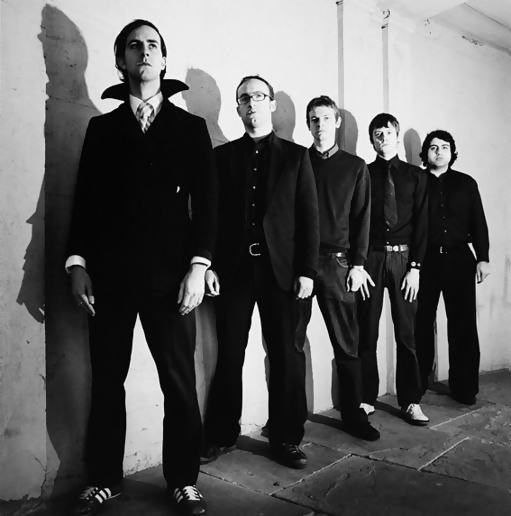
One of our scouts gave me a CD with loads of demos and 7-inches from different bands, and that song “Going Missing” was on it. About 10 other bands were on the CD, and it stood out by a mile. And once when we tracked them down, they had “Apply Some Pressure” ready, which was a massive single. Even though it wasn’t an obvious fit for Warp, there was something special about it, like the lyrics, which were really clever.
I went to see them at a little pub in London, and it was such a shambolic gig, with the p.a. falling apart and everything. We did the deal with them soon after that.
